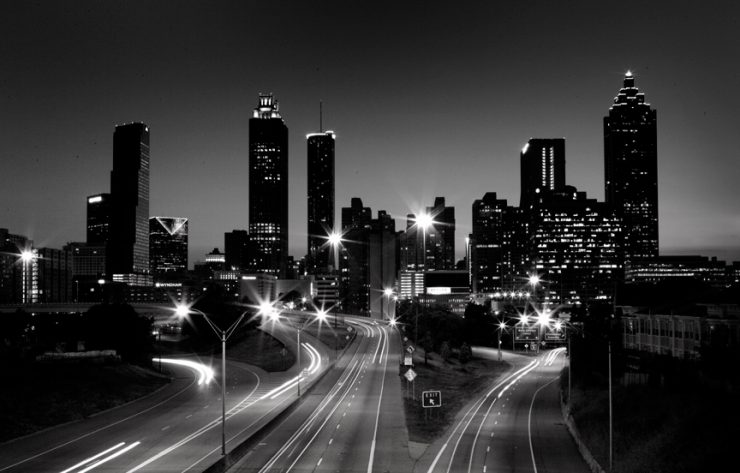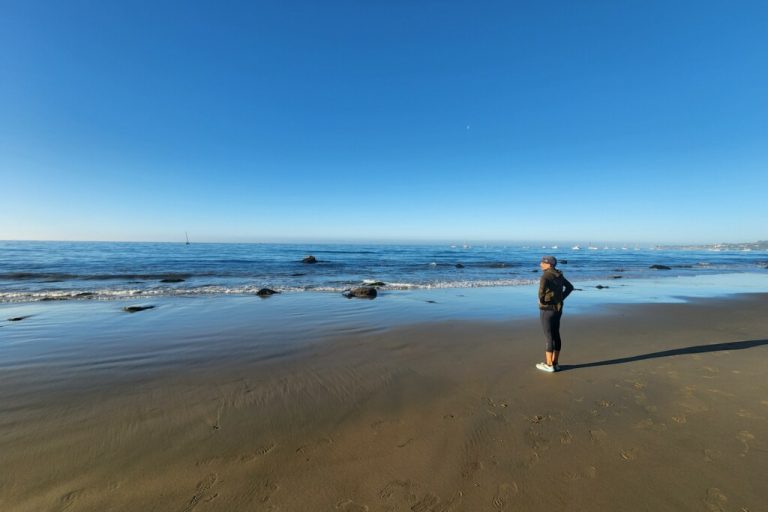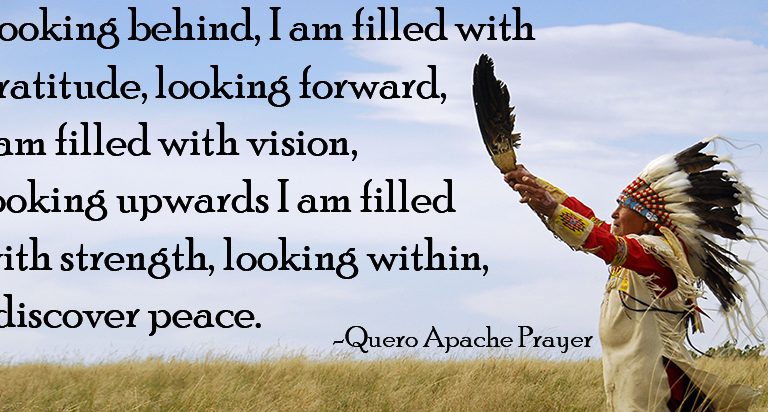Fresh from a flurry of community planning meetings about the Westside, one can’t help but be exhausted and a little disturbed by the experience. So many plans, so few shovels.
New urban plans are being peddled about like the second coming of Olmstead. Huge plats with reminders about just how isolated the Westside is from Downtown, Midtown, and any relevant services or businesses that would help make life more manageable for the people actually living here swing like praise flags during each community meeting.
Residents are told what is happening, what is coming…again. We are reminded how difficult Westside life is because of poor infrastructure and low density, the very things once purposefully withheld due to racial and economic motivations. But now, people are expected to believe that deliverance into an economically fertile future is possible while watching as iniquity – caused less by lack of actual resources than it is by greed fostered by political cooperation – keeps parity at bay.
Abundance is not an illusion, but while Westside residents and businesses fail to grow enamored about a future that will certainly disrupt many lives, hundreds of thousands of dollars has poured through the bank accounts of investors, urban planners, city agencies, and design professionals over the last few years to soften borders on paper. Hired to evangelize about the “New Westside” while current residents grow restless with déjà vu, one can only wonder: will this planning process manifest a truly new destiny, or will it serve the same economic interests that historically divided and displaced valuable citizens unable to reap the benefits of future development?
At the next neighborhood planning meeting, instead of asking, do you like this plan, planners should try asking residents: How would this new design affect you? How would this new plan change the way you move through your neighborhood? Would you feel safer? Do you feel like this provides new opportunities for your family? Would your children benefit from this? Then, actually listen to what the responses are, amend the plans as needed and post them digitally to neighborhood websites for residents who are not able to attend 7:30 am weekday meetings.
Atlanta, like many cities, once grew organically; the rivers and creeks making decisions that developers dared not oppose. Rich and poor mingled – physically, if not socially – along streets too purposeful to segregate. Commerce expanded from manufacturing and railroads to education and Fortune 500 companies. Families settled, children multiplied, the future arrived.
What began as a throughway progressed to become the cultural fulcrum of the entire Southeastern region. Technology emerged – a hastening of transportation miracles, and curses – that allowed Atlanta to grow in unhealthy ways. Streetcars, automobiles, and highways stretched the city, cultivating suburbs severed from a once vital core. Politicians and developers drew divisions in the land that pushed neighbors farther from each other into seemingly separate histories.
Rivers receded from view, histories collided and relaxed, and what seemed like limber resolutions to social strife became the strained and ill-fitting preamble to a bottlenecked future. Atlanta continues its reign as cultural hub and capital of the South, but with all this talk of transportation, water, and corridors, so relevant but at the same time detached, it is easy to forget that what makes a city is not streets and sewers and power lines.
Atlanta is its people: history, past, and future, breathing together the concordant air that nourishes our collective future and continues to bind us to an imperfect past. Movement and change must be made across the entire city for the necessary healing to take place. Otherwise, redesigning a few blocks while developers continue the status quo along upper Peachtree Road is like telling a diabetic to exercise only her right fingers; it isn’t going to do much for her ailing system.
Atlanta is the trees, the creatures, the flesh and blood that resembles earth and water and sounds like the laughter of children in a farmers market enmeshed in discovery. It is a moment between strangers who smile in passing on the Beltline and the protracted patience of a cycling team riding damaged streets from Downtown to the airport. It is the bus driver crossing Northside and the pedestrian crossing Boone. It is a knowledge passed from librarian to student in any number of Woodruff Libraries throughout the city, as it is a walk along the Chattahoochee while listening for birds and the insects they love. It is the driver slowing for chickens crossing Walker Street and the student delivering pizzas on Peters Street.
Atlanta is whole in its points of connection between people and nature, and weak and diseased in places where that connection has been broken. The sterile words of development mean nothing without a neighbor’s genuine appreciative input and use of the new good work.
As Wendell Barry wrote: “Our present idea of freedom is only the freedom to do as we please; to sell ourselves for a high salary, a home in the suburbs, and idle weekends. But that is a freedom dependent upon affluence, which is in turn dependent upon the rapid consumption of exhaustible supplies. The other kind of freedom is the freedom to take care of ourselves and of each other. The freedom of affluence opposes and contradicts the freedom of community life. Our place of safety can only be the community, and not just one community, but many of them everywhere. Upon that depends all that we still claim to value: freedom, dignity, health, mutual help and affection, undestructive pleasure, and the rest. Human life, as most of us still would like to define it, is community life.”
Atlanta is both hub and spoke, body and spirit, spinning towards future that just might be the destination we desire, but only if we work even harder with all of our neighbors to build and deserve it.



